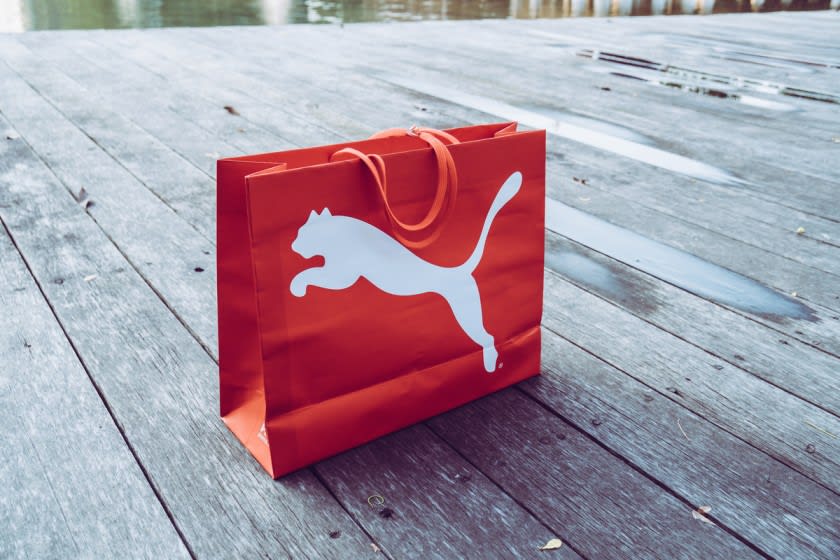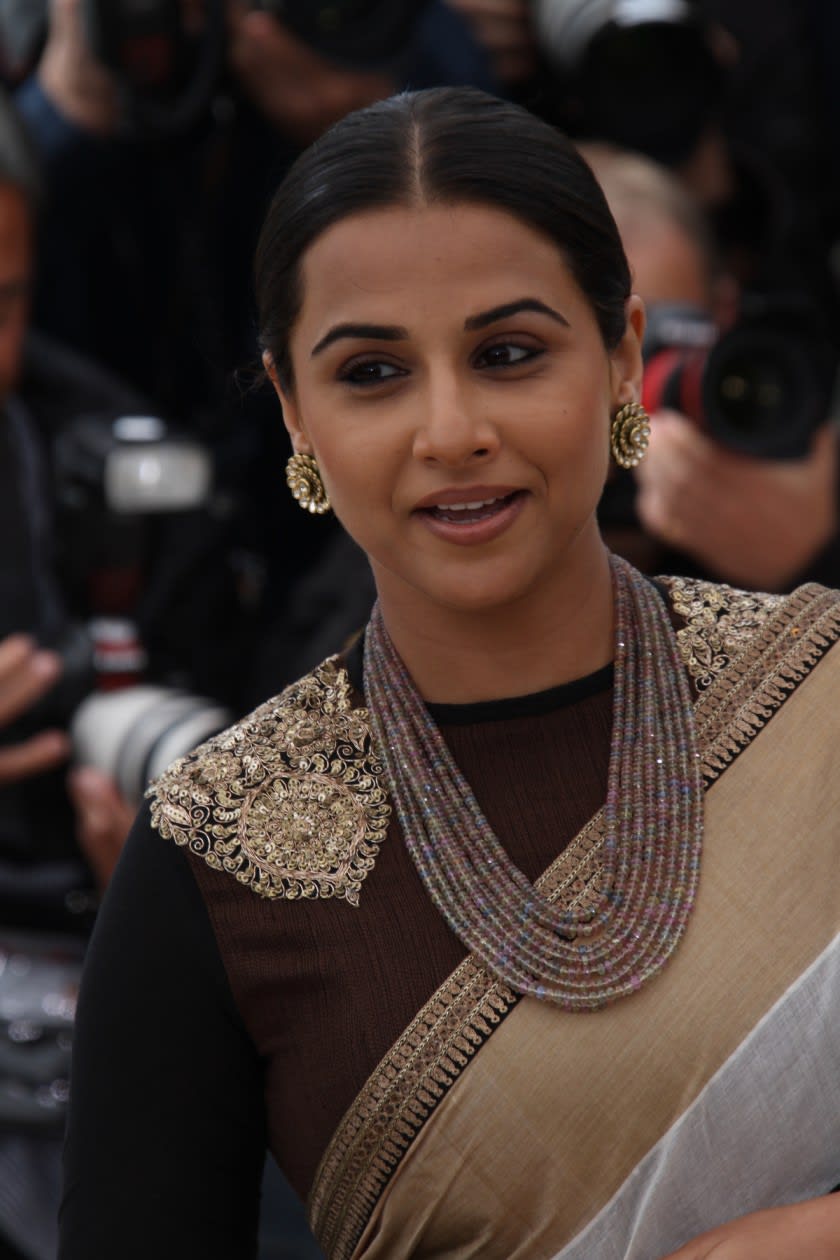Streetwear Is Seeing a Boom; Here's Everything You Need to Know About The Streetwear Industry

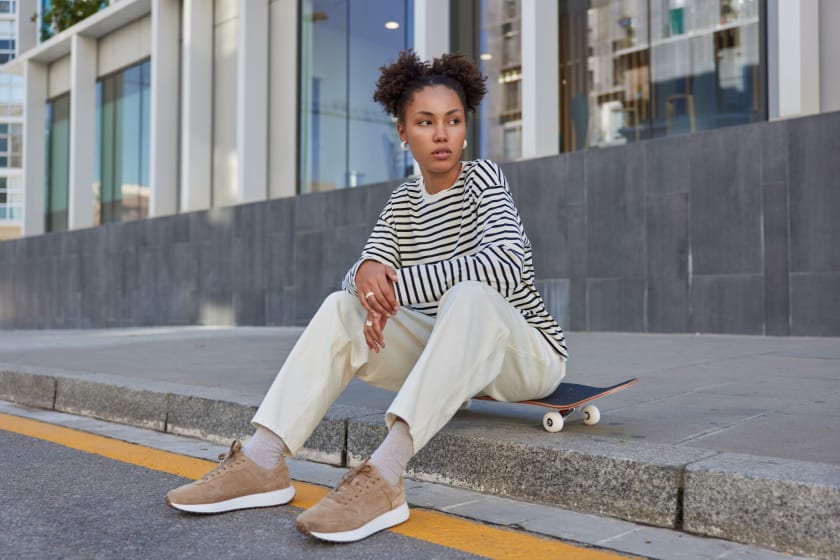

‘The emergence of streetwear can be seen as a lifestyle, not a mere trend.’ The streetwear industry is one of the most flourishing industries in the world. Many people believe that streetwear is the next revolution in the fashion arena and is here to evolve.
According to the fashion experts, streetwear originated and is still in demand due to the followers of popular culture. People like to wear comfortable clothes and be fashionable at the same time. This definition includes the factors that contribute to the success of the streetwear industry. Fashion combined with comfort is the trend followed by this industry.
The scope of the streetwear industry is quite widespread. Over the years, streetwear fashion has been inspired by:
- Hip-hop music
- Skate and surf culture
- Sports
- Rock music
- Haute couture fashion
- K-pop
- Superheroes
The follower base of the streetwear industry ranges from rural to urban, spanning all cultures, subcultures, income status, socioeconomic factors, and around the globe. This diversity is one of the significant reasons for the vast popularity of the streetwear industry.
People who love street fashion mainly belong to the age group of 22-30. They also belong to a sub-culture group, which provides them with a sense of identity and belonging to society.
Emergence of Streetwear
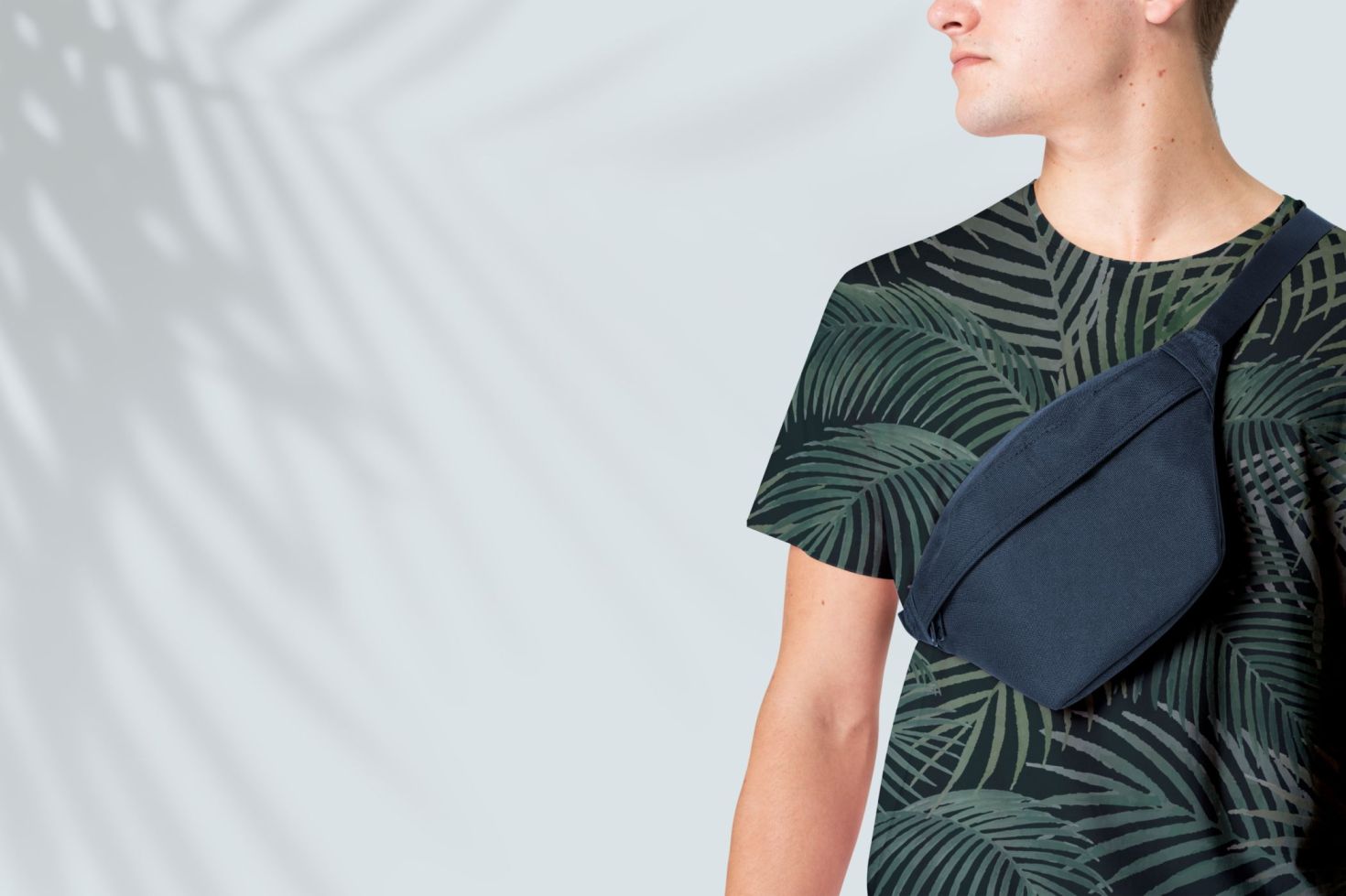
Streetwear fashion is said to have emerged from Southern California. A surfer started selling t-shirts with the same printed design on the surfboards to promote his business in the 1980s. Gradually, it became an inspiration to others. Thus, streetwear fashion came into existence.
The skateboarding shops in New York also jumped to the trend and started printing their merchandise in the 1990s, following the same surfers style.
The next giant leap in the streetwear industry was the sneaker culture. Influencers, celebrities, and fashion models were all seen promoting expensive sneakers in the early 2000s.
In the 2000s, a new trend of luxury streetwear started catching eyeballs. The younger generation promoted streetwear and hyped the market. This prompted the fashion industry and luxury brands like Nike, Gucci etc. to rapidly engage in streetwear fashion.
Self-Expression Through Clothing
Designer t-shirts, sneakers, oversized hoodies, baggy jeans, etc. all these and more are a part of the streetwear industry. Customers spend a large part of their time purchasing these types of clothing. They are ready to wait in long queues outside stores and even buy these at higher prices.
The noteworthy factor behind the success of the streetwear industry is the amalgamation of casual clothing and community building. Major brands in the industry focus on community building apart from sales statistics. Streetwear fashion is majorly about self-expression through the latest trends.
The streetwear industry model also operates on exclusivity. When expensive luxury brands dominated the market, streetwear emerged as an opposite trend to already followed norms.
Earlier, only a few people followed streetwear and were the only ones to know what to buy, and even fewer knew where to buy it. This exclusivity served as a crucial turning point for the industry that competed with the luxurious brands.
This type of casual clothing also encouraged breaking the gender bias that was primarily involved with the fashion industry. With the spread of streetwear fashion, men started following fashion and clothing more seriously, and thus, we see the change today.
Streetwear as a Cultural Phenomena
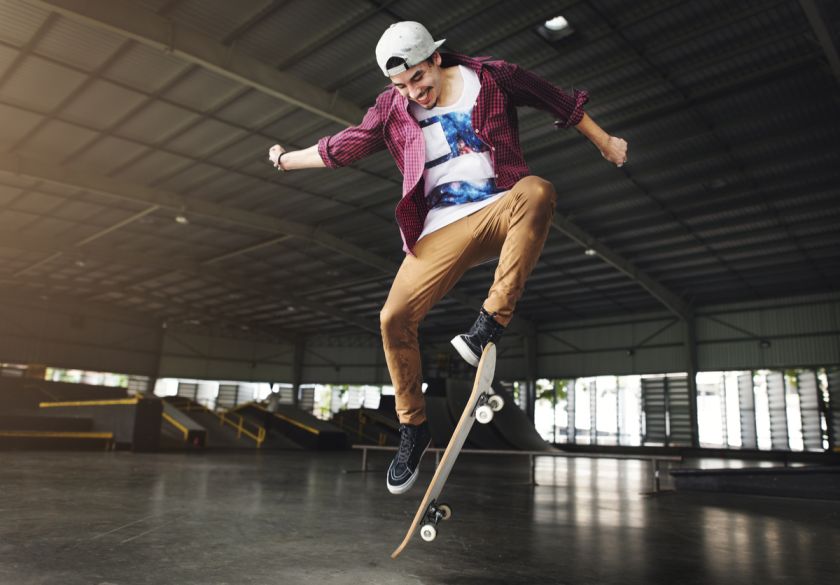
The humble beginning of street fashion from an underground movement, rising to become a cultural phenomenon, impacted the fashion world. All facets encountered a remarkable change from designing to creative development to marketing and distribution. It brought a fresh take and involved many people barring all socio-economic fundamentals.
Streetwear is majorly resting on the four pillars of comfort, scarcity, pop-culture, and status symbol. Streetwear fashion comprises sweatshirts, joggers, sneakers, hoodies, etc. The industry focuses on Hypebeast culture.
The scarcity of the product makes the brand exclusive and thus, remains in demand for an extended period. Streetwear is more commonly linked to menswear like jackets and formal clothing, though it has become the latest choice for everyone. A wide range of popular t-shirts and accessories are drawn from innovative works and designs or drawn from classic pieces.
Global Demand of Streetwear Clothing
The brand of streetwear continues to innovate. Today, streetwear fashion targets a much wider audience. Some of the key components that regulate streetwear have shifted in international markets like China and Korea.
Including streetwear has now become a major practice for big brands like legacy luxury houses and mall retail brands. The understanding of the style is spread wide and is diverse. Still, the original codes of streetwear remain intact.
The recent trend of luxury streetwear emphasizes fashion's unique role in our purchasing behavior. A logo or symbol on our clothes or our priced sneakers represents more than the brand behind them.
A designer label on an article of clothing is a reflection of status and exclusivity. These overpriced labels denote a social status that reflects your income level and personal values.
Streetwear also serves as the mirror image of the current cultural landscape. Street fashion tends to change, as the customers who wear it change too. A significant part of the industry's success is its inclusivity. Streetwear is always considered size-inclusive, gender-neutral, and made or worn by people of color.
One can note that hip-hop primarily influences streetwear. The 1980's and 1990's rap scene brought gold chains, tracksuits, bucket hats, and white Nikes into the scene, and it became a global phenomenon. Currently, the worldwide popularity of K-pop bands like BTS and Blackpink is proving crucial, as streetwear is expanding its musical genre.
Some of the popular streetwear clothes and brands are:
- Hoodies and Sweatshirts: Louis Vuitton, Versace, and Balenciaga
- T-Shirts: Dior, Palm Angels, and Pyer Moss
- Sweatpants: Burberry, Vetements, and Moschino
- Sneakers: Off-White, Gucci, and Prada
The streetwear industry’s direct-to-consumer (D2C) model has become easier for consumers to dictate the trends, unlike the traditional fashion model. It has become crucial that street style influences what we find fashionable in the digital era. Social media influencers, celebrities, actors, and philanthropists form a major part of the streetwear industry.
According to a recent survey by Hypebeast, a majority of 62% of people responded that streetwear will always be in fashion. Another interesting outcome of the survey was that footwear was the most in-demand streetwear product, followed by 30% who selected tops, including T-shirts and hoodies. At least 6% of consumer respondents selected accessories to be in-demand.
Hoodies, T-shirts, and shoes remain the most demanded streetwear goods, with no limit to their wearability. However, industry respondents overall reported all these three items to be their best-selling products at an equal rate. Also, companies that introduce sneakers to their product offering can meet the consumer’s demand and enter this market. These data and figures suggest that streetwear is more than a trend; it’s a lifestyle.
Fashinza is also here to make the apparel manufacturing process hassle-free, fast, and transparent for the brands. Reach out to us if you need help to source clothes.















